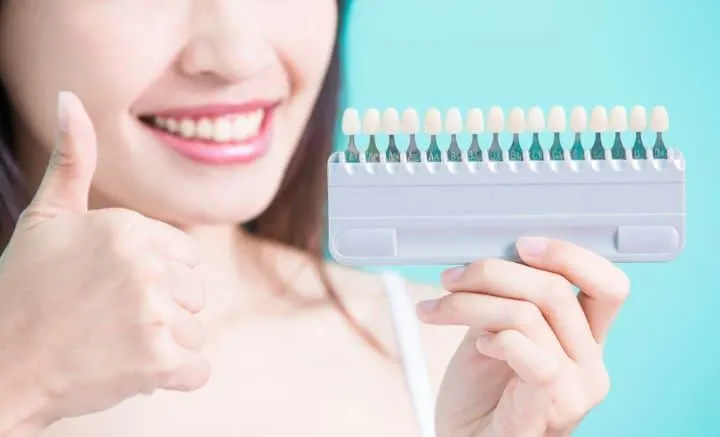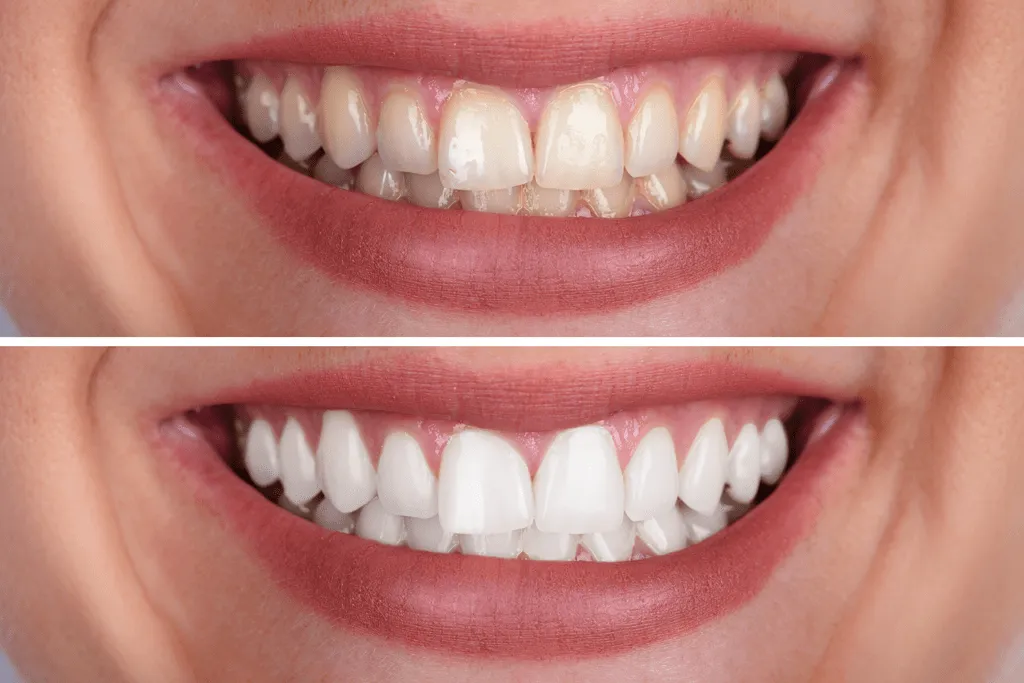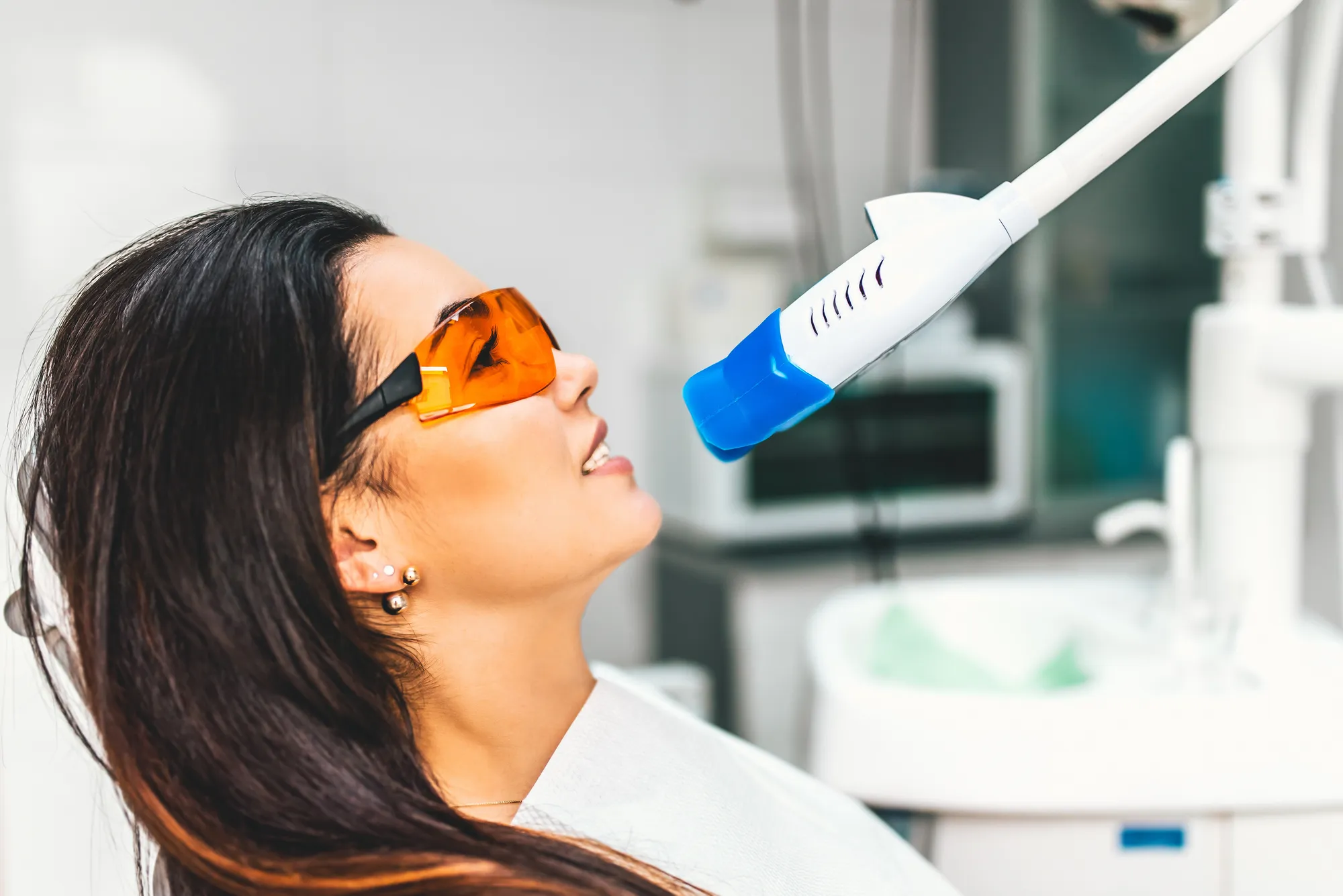What is Dental Whitening
Dental whitening, also known as teeth whitening, is a cosmetic dental procedure designed to lighten the color of your teeth. It’s a popular choice for people looking to enhance their smiles and boost their confidence. Stains and discoloration can occur due to various factors, including aging, certain foods and drinks (like coffee, tea, and red wine), smoking, and even some medications. Dental whitening treatments work by using bleaching agents to break down these stains, resulting in a brighter, whiter smile. There are several methods available, ranging from professional treatments performed by a dentist to over-the-counter products for at-home use. The effectiveness and cost of each method vary, making it important to understand the options and their associated expenses.
Types of Dental Whitening Treatments
Understanding the different types of dental whitening treatments is crucial when considering the cost and suitability for your needs. The two main categories are in-office treatments, performed by a dentist, and at-home kits, which you use according to the instructions. Each method uses different approaches, and the cost reflects the complexity and the level of professional involvement required.
In-Office Whitening

In-office whitening involves a professional dental treatment. The dentist applies a high-concentration bleaching agent directly to your teeth and uses specialized equipment, such as a curing light or laser, to accelerate the whitening process. These treatments are generally the most effective and provide the most immediate results, often lightening teeth several shades in a single visit. The procedure typically takes about an hour and includes a thorough cleaning before applying the whitening gel. Because of the professional expertise and advanced technology involved, in-office whitening is usually the most expensive option.
At-Home Whitening Kits
At-home whitening kits offer a more affordable alternative. These kits typically include custom-fitted trays that you fill with a lower-concentration bleaching gel. Your dentist might provide the trays after taking an impression of your teeth, or you can purchase them over the counter. You wear the trays for a specified period each day or night, as directed by the instructions. Results take longer to appear than with in-office treatments, but at-home kits can still provide noticeable improvements over a few weeks. The cost varies depending on the type of kit and the concentration of the whitening agent.
Factors Influencing the Cost of Dental Whitening
Several factors affect the final cost of dental whitening. Understanding these factors can help you budget effectively and choose the most cost-effective option for your situation. The method of treatment, the location of the dental practice, the severity of staining, and the number of sessions required all play a significant role in determining the final price.
Treatment Method

As discussed earlier, the method of whitening is the primary factor affecting cost. In-office whitening is typically more expensive than at-home options due to the professional expertise, specialized equipment, and higher concentration of bleaching agents used. At-home kits are generally more affordable, especially over-the-counter products. However, the effectiveness may vary depending on the kit’s strength and the consistency of your application.
Location and Dentist’s Fees
The geographic location of the dental practice can significantly impact the cost. Practices in major cities or areas with a higher cost of living tend to charge more for dental procedures, including whitening. The fees charged by the dentist, including their experience and reputation, also factor into the price. It’s advisable to compare prices from different dentists in your area to find the best value.
Severity of Staining
The extent of staining or discoloration on your teeth affects the cost. More severe staining may require a higher concentration of bleaching agents or multiple whitening sessions to achieve the desired results. Additionally, if you have underlying dental issues like cavities or gum disease, you may need to address these problems before whitening, which will increase the overall cost.
Number of Sessions Needed

The number of whitening sessions required to achieve the desired shade of whiteness impacts the overall cost. In-office treatments typically involve a single session, while at-home kits require multiple applications over several weeks. If you need multiple in-office sessions to achieve the best results, the cost will be higher. Your dentist will assess your teeth and determine the best course of treatment, considering how many sessions may be necessary.
Cost Comparison
Comparing the costs of different whitening options can help you make an informed decision. While prices vary based on the factors discussed above, you can establish a general understanding of the financial commitment involved.
In-Office vs At-Home Whitening
In-office whitening typically ranges from several hundred to over a thousand dollars per treatment. This price reflects the immediate results and professional care. At-home kits, on the other hand, are significantly less expensive. Over-the-counter options can cost between a few dollars to a few hundred, while custom trays from a dentist might be a few hundred dollars. Always compare the cost of the treatments with the expected outcomes to decide which option is best for you.
Benefits of Professional Dental Whitening

Professional dental whitening offers several benefits that justify the higher cost for many people. Dentists have access to more powerful bleaching agents, providing faster and more dramatic results. They can also address any pre-existing dental issues, ensuring the treatment is safe and effective. Professional whitening also includes a personalized plan and professional advice to achieve and maintain the desired results. This level of care and the effectiveness of the treatment are critical considerations when comparing options.
How to Save Money on Dental Whitening
If you’re looking to whiten your teeth without breaking the bank, there are several ways to reduce the cost. Exploring these strategies can help make the treatment more affordable.
Insurance Coverage
Dental insurance policies typically do not cover cosmetic procedures like teeth whitening. However, it’s always a good idea to check with your insurance provider to confirm their specific policy. In some cases, if the discoloration is due to a medical condition, a portion of the cost might be covered. If the treatment is purely cosmetic, you will likely have to pay the full cost out of pocket.
Payment Plans and Financing Options

Many dental practices offer payment plans or financing options to make dental whitening more affordable. These plans allow you to spread the cost over several months, making it easier on your budget. You could also look into third-party financing options specifically for dental care. Always inquire about payment plans and financing options when discussing treatment costs with your dentist.
Maintaining Your Whitened Smile
Once you’ve invested in dental whitening, it’s essential to maintain your results to keep your smile bright. Consistent care and adherence to specific guidelines will help you prolong the effects of the treatment.
Aftercare Tips for Long-Lasting Results
Following your dentist’s aftercare instructions is crucial for maintaining your whitened smile. This typically includes using a sensitive toothpaste, avoiding certain foods and drinks that can stain your teeth, and regular dental checkups. You should also brush and floss regularly and consider touch-up treatments as needed to keep your teeth bright.
Foods and Drinks to Avoid
Certain foods and drinks are more likely to stain your teeth, so it’s best to limit or avoid them to maintain your white smile. Coffee, tea, red wine, dark-colored sodas, and berries are common culprits. You should also be cautious about highly pigmented foods like soy sauce, curries, and tomato-based sauces. If you consume these items, brush your teeth soon after or drink water to minimize staining.
